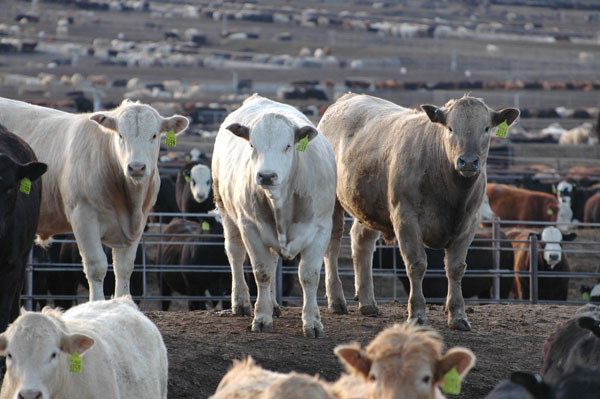Subscribe to Our Newsletters
BEEF Magazine is the source for beef production, management and market news.
Patterns of feedlot placements and slower fed cattle marketing contributed to the first year-over-year increase in feedlot inventory (Nov. 1) in more than two years, but cattle supplies remain historically snug.
November 29, 2014

You May Also Like